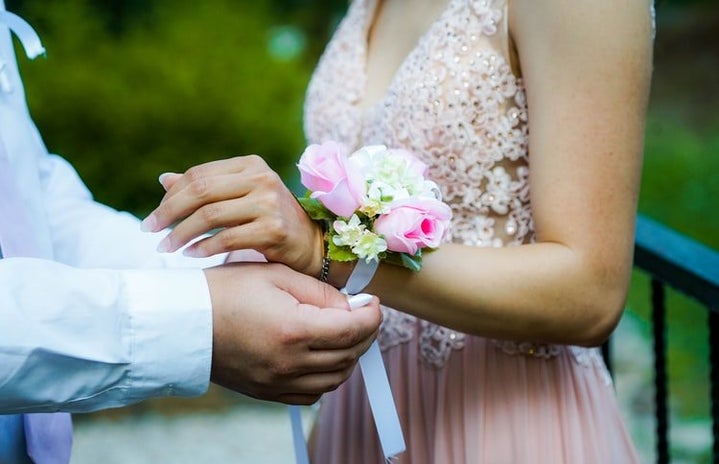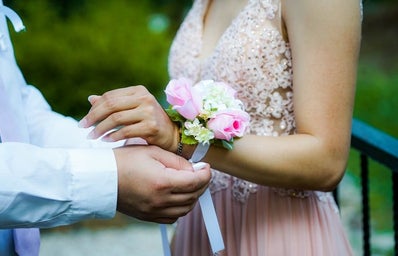Did we read the same book? Because in the one I read, Fitzgerald was critiquing materialism and consumerism
I got into a discussion with my dad and brother a few days ago after we found out that a nearby high school chose F. Scott Fitzgerald’s The Great Gatsby for their prom theme. We all found the idea very intriguing.
“Did they forget how the book ended?” My brother quipped as he recounted the various acts of lying, cheating, stealing and…killing that occurred in the story.
In case you need a quick plot refresher, the novel, set in the 1920s, follows the actions and motivations of Jay Gatsby, a young man who rose to possess large sums of wealth, which he continuously uses to host overly extravagant parties, in the hopes of winning back his lost love, Daisy Buchanan.
A modern Great Gatsby-themed party or event might incorporate elements that evoke the glamour, opulence and style of the Roaring Twenties, such as Art Deco-inspired decor, with elegant and geometric designs on table settings, backdrops and signage. Think gold, black, and silver color schemes, along with bold geometric patterns and sleek lines. The dress code may include flapper dresses, feathered headbands, bow ties, suspenders, and pinstripe suits. The mood might be set with jazz music, as jazz was a defining aspect of the era and can help recreate the ambiance of Gatsby’s lavish soirées.
Indeed, while the 1920s theme evokes images of glitz and glamour, it doesn’t necessarily need to be tied directly to Gatsby’s story for a party theme.
In The Great Gatsby, Fitzgerald makes several critiques of the extravagance of the Roaring Twenties, with society characterized by widespread ignorance and moral decay. Gatsby’s lavish parties are portrayed as superficial attempts to win back Daisy and gain social status rather than genuine celebrations. Beneath the surface, the parties reflect a tragic emptiness. The novel peels back the facade of the American Dream, revealing the hollow and foolish pursuit of wealth and class.
Gatsby, despite orchestrating these decadent affairs, remains detached, refusing to partake in the festivities. Even Daisy, upon attending, is repelled by the overly pretentious display and underlying shallowness. The parties symbolize a culture of superficiality, where attendance is driven by social obligation rather than genuine connection. This commentary on hollow social interactions resonates in contemporary society, where events can be similarly devoid of meaning. The choice to emulate Gatsby’s parties in the modern era raises questions about the nature of social interaction and the pursuit of validation through visibility. A Gatsby-themed party may reflect the superficiality of our age, dominated by social media and FOMO.
Overall, I think having a Roaring Twenties-themed party can be fun and glamorous, but I don’t see the need for it to be connected to Gatsby specifically.


